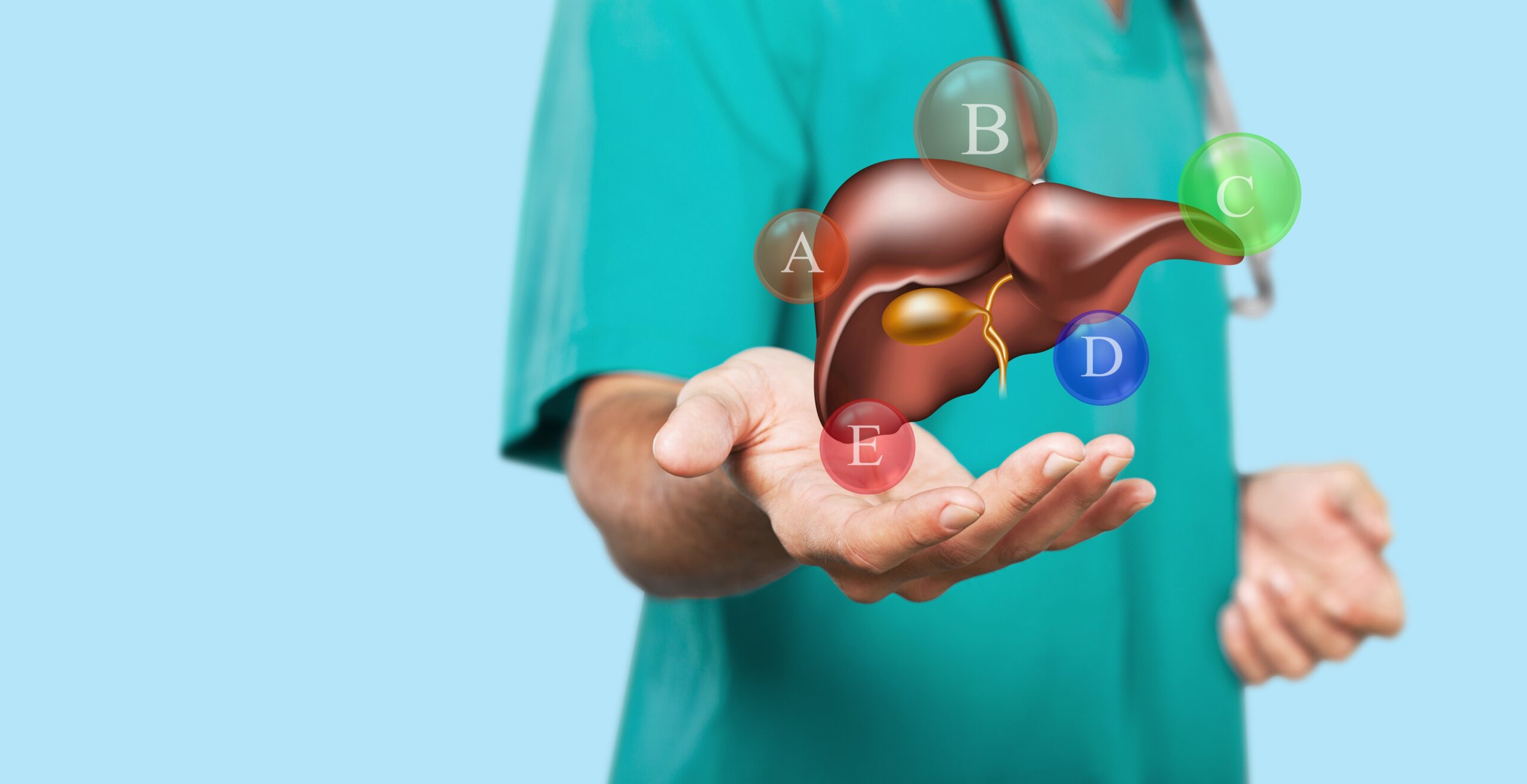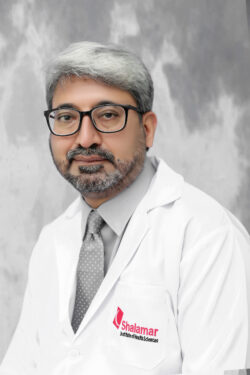Please call +92-42-111-205-205 Ext 369 for any further queries

A sub-specialty of Internal medicine, gastroenterology deals with the diagnosis, treatment and management of components of the gastrointestinal tract. A gastroenterologist covers all concerns starting from the oesophagus to the rectum and treat illnesses such as Achalasia, Gastroparesis and Appendicitis.
Hepatology deals with all diseases of the liver and associated concerns. According to WHO, there is an influx of approximately 150,000 cases of Hepatitis each year in Pakistan. This is due to the poor sanitation and sewage conditions of Pakistan, which cause the persistence of the virus. The study of hepatology works to administer medical care which can combat the liver damage sustained due to hepatitis and other diseases such as cirrhosis, Liver cancer and polycystic liver disease.
Both branches of medicine require significant aftercare to ensure a good quality of life. Medical Practitioners aim to do so through the introduction of minimally invasive technology that can aid in the diagnosis of the concerned areas.
Welcome to the Gastroenterology Department of Shalamar Hospital. Our team of skilled gastroenterologists and nurses specialize in the diagnosis and treatment of conditions affecting the digestive system, including the esophagus, stomach, small intestine, colon and rectum, liver, and pancreas. We use state-of-the-art technology and evidence-based medicine to provide our patients with the highest quality care. Our services include endoscopy, colonoscopy, upper gastrointestinal studies, and liver function tests, as well as the management of conditions such as inflammatory bowel disease, liver disease, and gastrointestinal cancers. We are dedicated to providing compassionate and individualized care for each patient. Thank you for choosing our department for your digestive health needs.
Conditions We Treat:
The Gastroenterology Department at Shalamar Hospital Hospital specializes in the diagnosis and treatment of a wide range of digestive conditions. Some of the conditions we treat include:
Our team of specialists uses advanced diagnostic techniques and evidence-based treatments to provide personalized care for each patient. We offer services such as endoscopy, colonoscopy, upper gastrointestinal studies, and liver function tests, as well as the management of conditions such as inflammatory bowel disease, liver disease, and gastrointestinal cancers.

MBBS, FCPS
Head of Department

MBBS, FCPS
Assistant Professor
Please call +92-42-111-205-205 Ext 369 for any further queries